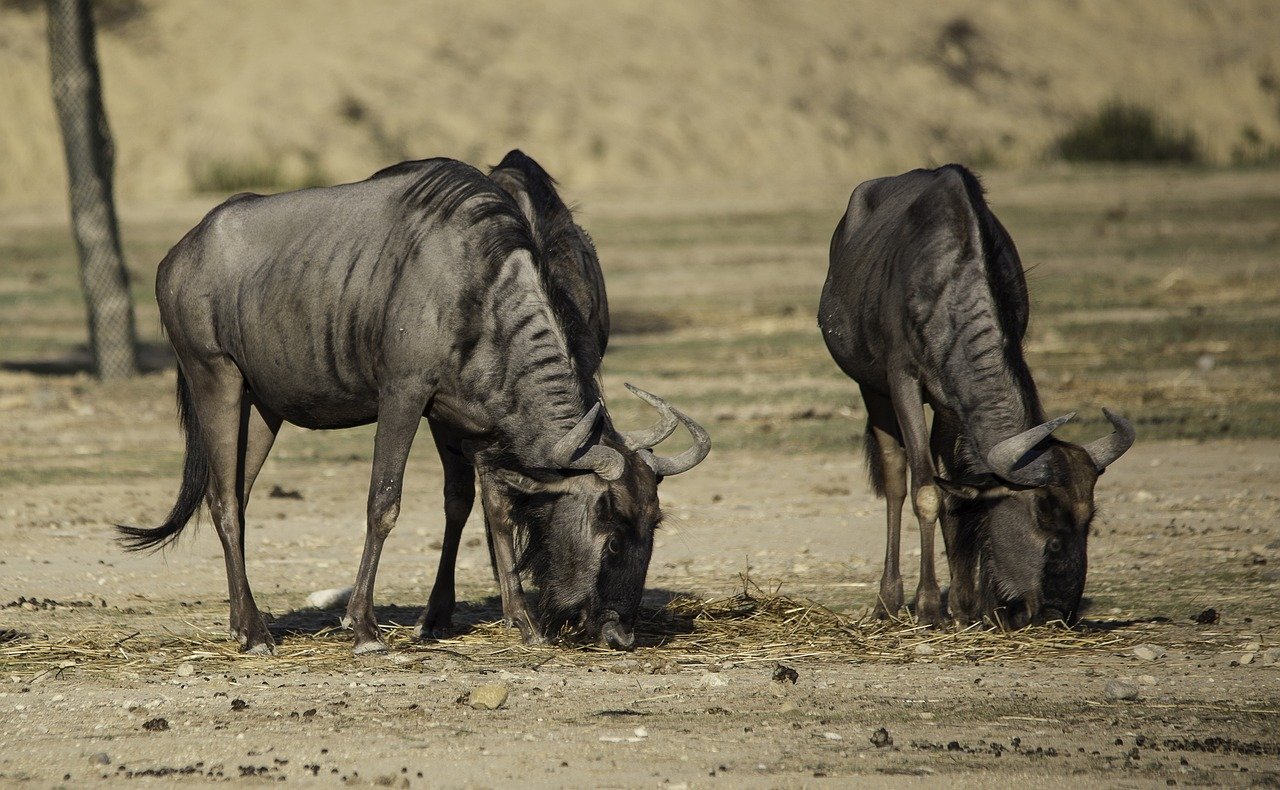
Southern Tanzania is a safari paradise, home to diverse ecosystems, incredible wildlife, and exclusive lodges. The region offers thrilling game drives, walking safaris, and unique boat safaris.
Southern Tanzania is a hidden gem for safari enthusiasts, offering vast and untamed landscapes, rich biodiversity, and a more secluded experience compared to the busier Northern Circuit. Featuring iconic parks like Nyerere National Park (formerly Selous Game Reserve) and Ruaha National Park, this region is perfect for travelers seeking exclusivity, adventure, and a deep connection with nature.
Unlike northern Tanzania, where safaris revolve around the Serengeti and Ngorongoro Crater, Southern Tanzania offers more remote and immersive wildlife encounters, often with fewer vehicles in sight. Activities such as walking safaris, boat safaris, and fly-in tours make it one of Africa’s best-kept safari secrets.
Southern Tanzania is home to some of the largest and most diverse ecosystems on the continent. Whether you’re looking for the thrill of predator sightings, breathtaking scenery, or unique experiences such as river safaris, the region has something for every traveler.
1. Nyerere National Park (Selous Game Reserve): Covering over 30,000 square kilometers, this is Africa’s largest national park. It is home to large populations of elephants, crocodiles, hippos, giraffes, and one of the last strongholds of the endangered African wild dog. The Rufiji River allows for unique boat safaris, offering close-up encounters with aquatic wildlife.
2. Ruaha National Park: Tanzania’s largest national park, covering about 20,000 square kilometers. Known for its rugged terrain, dramatic landscapes, and high predator density, Ruaha is home to one of the largest lion populations in Africa, as well as elephants, leopards, cheetahs, and over 570 bird species.
3. Mikumi National Park: Sometimes referred to as the "Serengeti of the South," Mikumi offers open grasslands, making it one of the most scenic parks in Tanzania. It is known for its large herds of buffalo, zebras, wildebeests, and giraffes. It is also one of the most accessible parks from Dar es Salaam.
4. Udzungwa Mountains National Park: Unlike the savannah-based parks, Udzungwa is a rainforest haven with hiking trails, waterfalls, and unique wildlife such as endemic monkeys and rare bird species. Perfect for adventure seekers and nature lovers.
The best time for a safari in Southern Tanzania depends on the type of experience you are looking for:
Unlike traditional game drives, Southern Tanzania offers unique safari experiences that set it apart:
Walking Safaris: Guided by expert rangers, these safaris allow travelers to experience the African wilderness on foot, learning about the smaller details of the ecosystem, such as tracks, insects, and medicinal plants.
Boat Safaris: A highlight of Nyerere National Park, boat safaris on the Rufiji River provide an excellent opportunity to observe hippos, crocodiles, and various bird species from a unique perspective.
Fly-in Safaris: Due to the remoteness of some areas, fly-in safaris allow visitors to reach otherwise inaccessible locations, maximizing their time in the wilderness.
Night Game Drives: Available in select parks and private reserves, these night safaris provide a chance to see nocturnal wildlife, including leopards, hyenas, and bush babies.
There are numerous accommodation options catering to different budgets and preferences:
Most travelers start their journey from Dar es Salaam, the commercial hub of Tanzania.
It depends on your preferences. If you want fewer crowds, diverse safari experiences (walking, boating), and a wilder atmosphere, Southern Tanzania is a great choice. If you prefer the Great Migration and more tourist infrastructure, the Northern Circuit is ideal.
Yes! Southern Tanzania is very safe for tourists, and the national parks have experienced guides and well-maintained lodges to ensure a secure safari experience.
Costs vary based on accommodation and safari type. Budget safaris start at around $200 per day, mid-range at $400-$700 per day, and luxury safaris can exceed $1,000 per day.
Essentials include lightweight clothing in neutral colors, a hat, sunglasses, sunscreen, insect repellent, binoculars, and a good camera for photography.
Most travelers require a visa, which can be obtained online or upon arrival. Check with the Tanzanian embassy in your country for updated visa requirements.
Absolutely! Many travelers end their safari with a relaxing beach stay in Zanzibar, which is just a short flight from Dar es Salaam.
Yes, Southern Tanzania is a malaria-prone region, so taking antimalarial medication and using insect repellent is recommended.
Southern Tanzania offers an unparalleled safari experience, combining adventure, seclusion, and diverse ecosystems. Whether you’re on a thrilling game drive, exploring by boat, or trekking through the forests, this region guarantees an unforgettable African adventure.